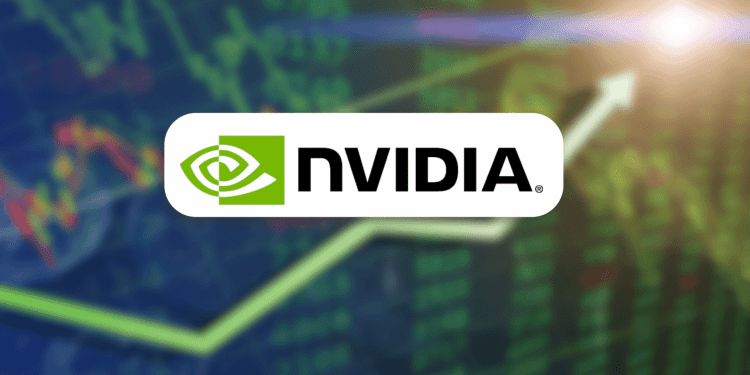- Nvidia reported record revenue and earnings for Q4 2022 that far exceeded Wall Street expectations, driven by booming demand for its AI and data center chips
- Nvidia’s data center segment, which includes sales of its high-end AI chips, grew revenue by 40% and now makes up the majority of total revenue
- With AI adoption expanding, Nvidia is poised for continued rapid growth as long as businesses need its state-of-the-art graphics chips to power cutting-edge AI computing
Nvidia reported strong fourth-quarter earnings, beating Wall Street‘s expectations for both revenue and earnings per share. The graphics chipmaker has been the primary beneficiary of the technology industry’s recent obsession with large artificial intelligence models. These models are developed on Nvidia’s pricey graphics processors for servers, fueling tremendous growth.
Nvidia’s Quarterly Results Smash Expectations
Nvidia reported revenue of $22.1 billion for the fourth quarter, up 265% and smashing Wall Street’s expectations of $20.62 billion. Earnings per share came in at $5.15 adjusted, also beating expectations of $4.64.
For the full fiscal year, Nvidia generated net income of $12.29 billion, up 33% compared to the previous year. The company expects its momentum to continue, forecasting first quarter revenue of $24 billion versus analysts’ projections of $22.17 billion.
Data Center Revenue Soars on AI Demand
Driving Nvidia’s standout performance was its data center segment, which grew revenue by 40% to $1.84 billion. This division includes sales of the company’s high-end AI chips like the new Hopper H100, which are increasingly in demand to power cutting-edge AI models.
Nvidia’s data center business now makes up the majority of its total revenue. As companies race to leverage AI, Nvidia’s specialized graphics processing units remain the processor of choice for training complex deep learning algorithms.
The Future Looks Bright for Nvidia
With AI adoption poised to expand further, Nvidia finds itself in an enviable position. Its quarterly results and forecast indicate the company’s rapid growth is far from over. As long as businesses and researchers continue pushing the boundaries of AI computing power, they will rely on Nvidia’s state-of-the-art graphics chips to make it happen.
Conclusion
Nvidia’s record-shattering quarter demonstrates how integral the company has become to advancing artificial intelligence. For now, Nvidia remains dominant in supplying the core processing power for AI workloads. And as AI models and applications grow more complex and ambitious, the need for specialty AI processors is only increasing. Nvidia looks well-positioned to continue riding this wave and delivering standout growth.














